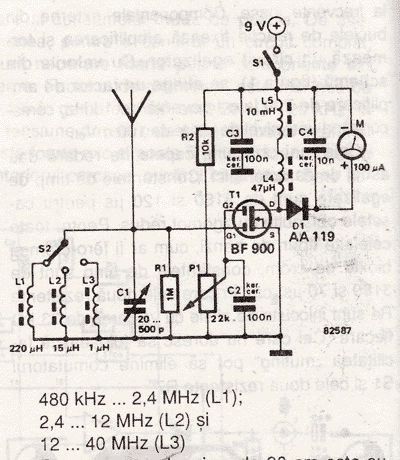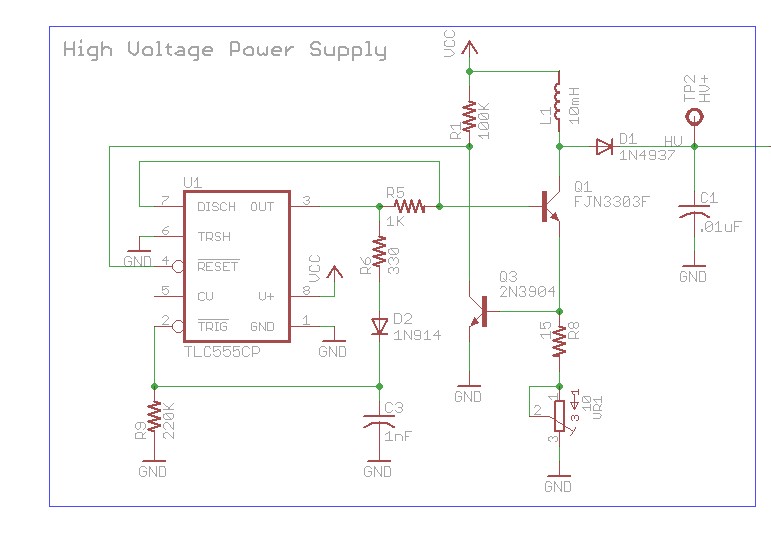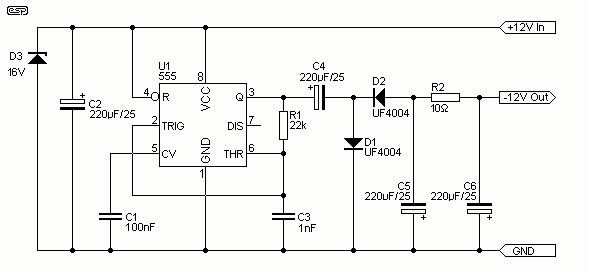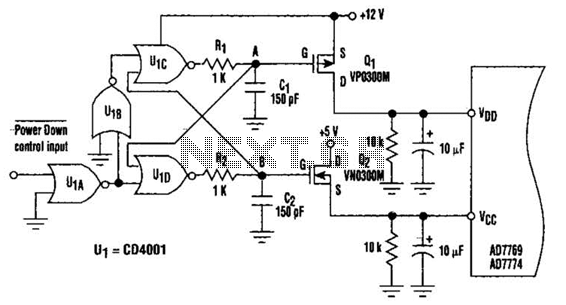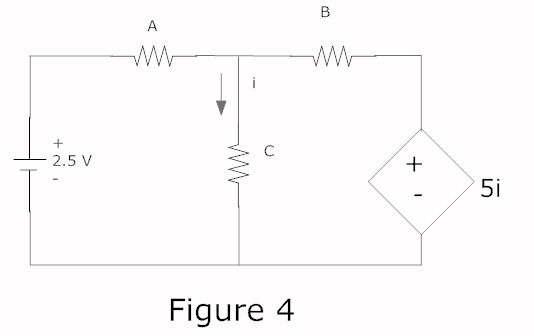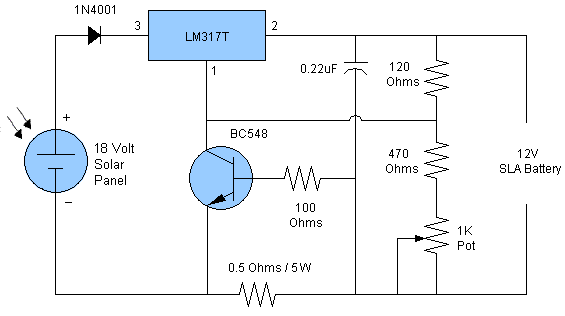
Low Capacitance High Impedance Amplifier Circuit Using Transistor

This series-feedback configuration of components provides a high input impedance and stable, wide-band gain video amplifier suitable for general-purpose applications. Below is the schematic representation of the circuit.
The described video amplifier circuit employs a series-feedback topology, which is instrumental in achieving high input impedance. This characteristic is crucial for interfacing with various signal sources without loading them down. The use of feedback in the circuit enhances stability and linearity, which is essential for maintaining signal fidelity across a wide frequency range.
In this circuit, transistors or operational amplifiers are typically utilized to amplify the video signal. The configuration is designed to minimize distortion while maximizing bandwidth, making it ideal for applications such as video processing, broadcasting, and any scenario where high-frequency signals must be handled with precision.
The input stage usually consists of a high-impedance buffer that isolates the signal source from the amplifier's gain stage. This buffer stage is critical in preventing signal degradation and ensuring that the amplifier can operate effectively without introducing noise or distortion. Following the input stage, the gain stage amplifies the signal, and the feedback loop is employed to control the gain and stabilize the output.
The output stage may include additional components such as capacitors and resistors to tailor the frequency response and ensure that the amplifier can drive the desired load effectively. Overall, this series-feedback video amplifier circuit is designed for versatility and reliability in various electronic applications, ensuring high performance in video signal amplification tasks.This series-feedback series of compounds give a high input impedance and stable, gain wide-band video amplifier for general purpose applications. This is the figure of the circuit; 🔗 External reference
The described video amplifier circuit employs a series-feedback topology, which is instrumental in achieving high input impedance. This characteristic is crucial for interfacing with various signal sources without loading them down. The use of feedback in the circuit enhances stability and linearity, which is essential for maintaining signal fidelity across a wide frequency range.
In this circuit, transistors or operational amplifiers are typically utilized to amplify the video signal. The configuration is designed to minimize distortion while maximizing bandwidth, making it ideal for applications such as video processing, broadcasting, and any scenario where high-frequency signals must be handled with precision.
The input stage usually consists of a high-impedance buffer that isolates the signal source from the amplifier's gain stage. This buffer stage is critical in preventing signal degradation and ensuring that the amplifier can operate effectively without introducing noise or distortion. Following the input stage, the gain stage amplifies the signal, and the feedback loop is employed to control the gain and stabilize the output.
The output stage may include additional components such as capacitors and resistors to tailor the frequency response and ensure that the amplifier can drive the desired load effectively. Overall, this series-feedback video amplifier circuit is designed for versatility and reliability in various electronic applications, ensuring high performance in video signal amplification tasks.This series-feedback series of compounds give a high input impedance and stable, gain wide-band video amplifier for general purpose applications. This is the figure of the circuit; 🔗 External reference
